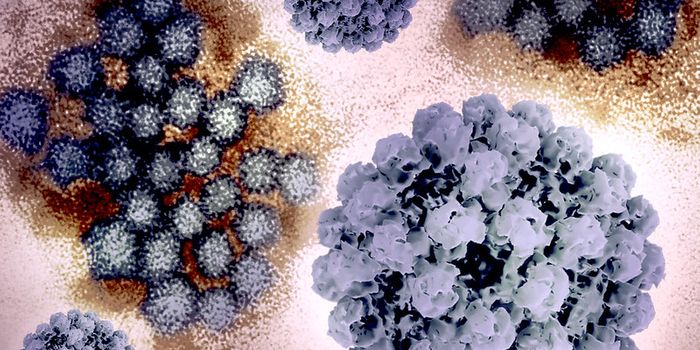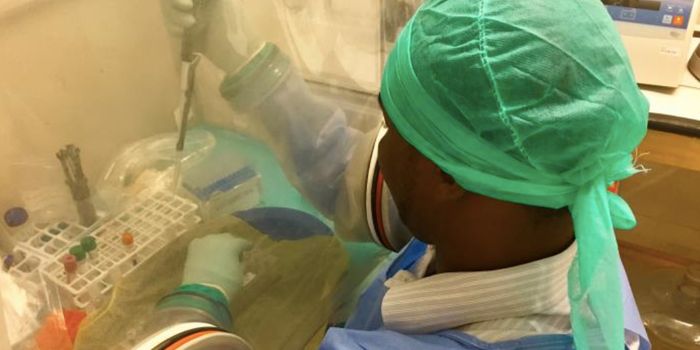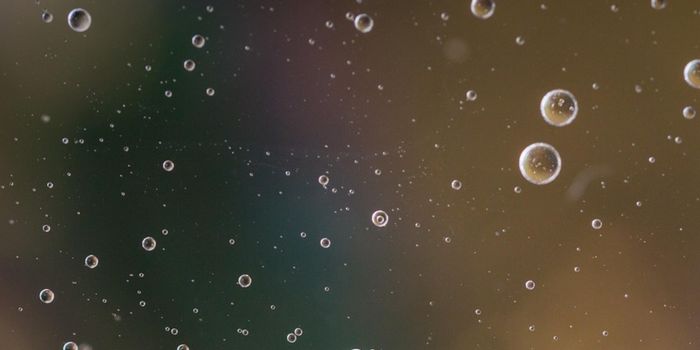
Could this paper-based sensor reduce incidence of skin cancer?
Image Credit: pixabay.com
We all know the dangers of staying out in the sun too long without protection. But short of getting the telltale sunburn, how do we know exactly when to seek shade or reapply sunscreen? A new study may have the answer: a
paper-based sensor that will alert wearers to avoid overexposure of the sun’s rays.
The paper sensor is arguably ingenious precisely in its simplicity. It’s made with titanium dioxide, polyvinylpyrrolidone (PVP), and food dye on paper. Titanium dioxide is a photocatalyst, reacting with sun’s exposure to degrade the color of the blue food dye. As the color changes wearers will have a visual cue alerting them of when they’ve been out in the sun for too long. And according to the team, the PVP serves as a binder to allow film formation.
"Most currently available UV sensors require high-tech gadgets to operate, such as smartphones or wearable devices," the researchers said in a press release. "Recently, single-use, disposable sunburn sensors have come onto the market. However, some of these sensors use substances that are potentially harmful to people or the environment."
By contrast, the paper sensor uses non-toxic and inexpensive compounds that are also biocompatible. Furthermore, the three ingredients are loaded into a standard inkjet cartridge and printed with an uncomplicated, off-the-shelf printer. This ease of manufacture and low costs makes the “device” disposable and amenable for mass production.
Moreover, the team says their invention is also customizable, taking into account a person’s skin tone and level of sun protection factor in a person’s sunscreen. This was accomplished with ultraviolet neutral density filters that modulate the time it takes to degrade the food dye.
Skin cancer caused by sun damage remains one of the biggest health risks worldwide. According to the Skin Cancer Foundation, Americans have a 20 percent risk of developing skin cancer in the course of their lifetime. And even when we are aware of the dangers and use sunscreen protection, we may not always know to apply the appropriate amount of sunscreen for the exposure.
This easy paper sensor seems like an ideal practical solution to sun-exposed people everywhere. And though the study is a proof-of-concept study and has not been tested in clinical trials yet, it’s not hard to imagine the benefits this new device could have in decreasing skin cancer incidence and health care burden associated with skin cancer.
Additional Source:
American Chemical Society press release









